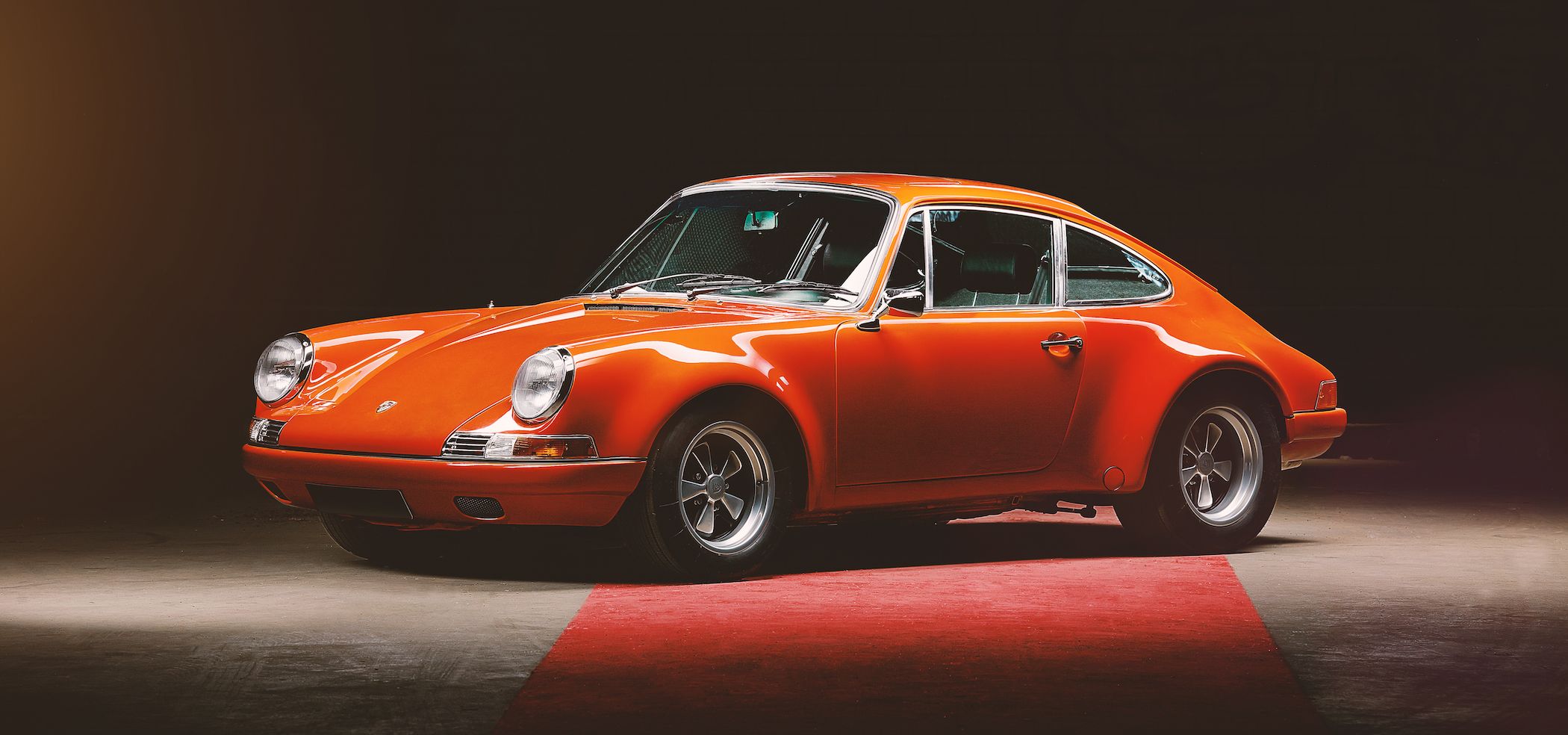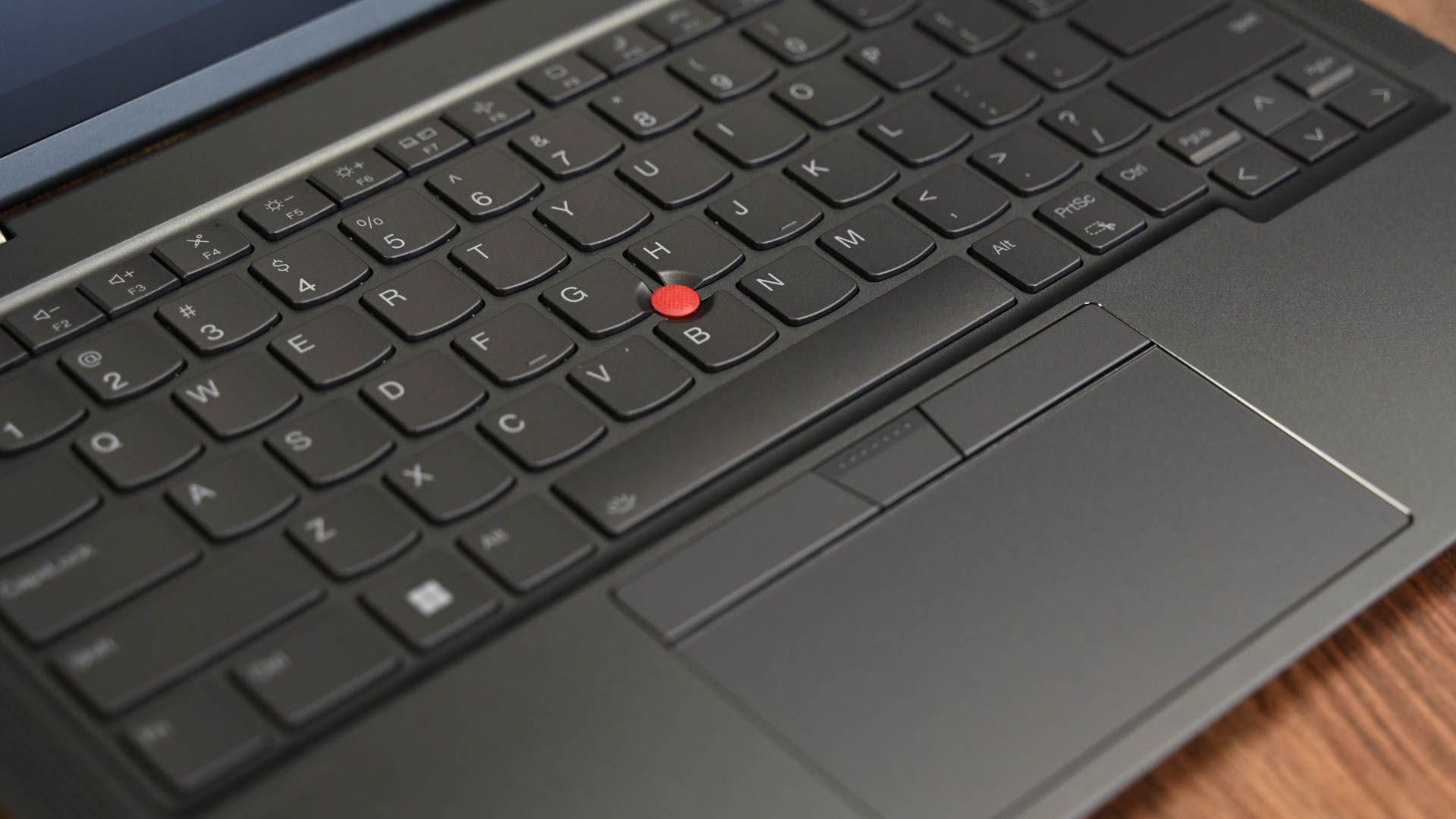When one thinks about iconic design, there are certain products that instantly come to mind. The curvaceous lines of the Coca-Cola bottle. The smooth, enticing finish of the iPhone. The unforgettable, ageless profile of the Porsche 911 – the ThinkPad?!
The Porsche 911 and the ThinkPad: Icons of Timeless Design
Why are the Porsche 911 and the ThinkPad kindred spirits in design philosophy? The Porsche 911, with its teardrop rear end and frog-eyed headlights, is a design that refuses to age. It continues to capture hearts and minds like its computerized counterpart, the ThinkPad.
The ThinkPad, with its minimalist black box aesthetic, has kept a design language that seems to resist the passage of time. Just as the 911 is instantly recognizable, so is the ThinkPad with its signature TrackPoint (lovingly referred to as the “nub” by loyalists and a “nipple” by everyone else) nestled in the middle of the keyboard.
Much like Porsche with its 911, IBM (and now Lenovo) had chosen evolution over revolution with its ThinkPad design. The idea is simple: if it’s not broken, why fix it? Both Porsche and Lenovo have focused on refining the successful elements of their respective products, leading to a product line that has remained iconic and loved through decades.
Innovations: ThinkPad’s Hidden Jewels
ThinkPads are not just about a nostalgic appeal. Beneath their seemingly plain exterior, they’ve been the canvas for some of the most innovative features in the world of laptops. The butterfly keyboard, for instance, introduced in the ThinkPad 701C, was a marvel of engineering. It was a full-sized keyboard that ingeniously expanded out when the laptop lid was opened and folded in on itself when closed, keeping the compact form factor intact.
Then there was the ThinkPad TransNote, which included a digitizer pad for natural handwriting input, much before the likes of iPad Pro made it mainstream. It included a literal paper pad, and if you used the special digitizer pen, it would also transfer your pen strokes to an app on the laptop. Another fascinating innovation was the ThinkPad W700ds, a laptop with an integrated secondary screen that could slide out when needed.
The list goes on. They were among the first to introduce laptops with integrated fingerprint readers, “roll cages” for extra durability, or screens that could work with overhead projectors. This marriage of forward-thinking features with a design that values function over form has earned the ThinkPad its cult status.
The Cult of ThinkPad
The ThinkPad fandom can seem baffling to outsiders. After all, why would anyone opt for a laptop that clings to an aesthetic reminiscent of the 90s, when there are numerous slick and sleek options available?
For many, IT professionals in particular, the appeal lies in the rugged durability and utilitarian design that these laptops offer. They are built like tanks and meant to withstand the rigors of professional life with aplomb. The keyboards are often hailed as the best in the industry, offering a tactile experience that is a dream come true for prolific typists. To a corporate IT technician or big-business software developer walking the trenches of a data center, a ThinkPad is the equivalent of the army M4 to a soldier. It’s not fancy, but it always gets the job done.
The TrackPoint, as odd as it may seem to the uninitiated, allows for precise cursor control without having to move your hands off the keyboard, making it a beloved feature among the ThinkPad loyalists. These are virtually the only laptops sold today that still use this pointing device, with everyone else happy to have just a touchpad.
Just as Porsche 911 drivers swear by the distinctive driving feel and the unique rear-engine layout of their machines, ThinkPad users adore the unique features and uncompromising quality of their “ugly” black boxes.
The ‘Porsche 911’ of Laptops
So, the ThinkPad is the Porsche 911 of laptops. Both have stayed true to their design languages and evolved gradually over the years. They’ve both built cult-like followings that thrive on the unique offerings of their beloved products. And just as the 911 remains a timeless representation of performance and design, the ThinkPad is a testament to the beauty of functionality and longevity.
While design trends may come and go, the ThinkPad – just like the Porsche 911 – holds steadfast, continuing to enamor its loyal fanbase with its unique blend of function, form, and relentless innovation. It serves as a reminder that sometimes, when you get it right, there’s no need for change for the sake of change. I fully expect to see the classic design of the ThinkPad outlive every laptop design that’s fashionable today.






